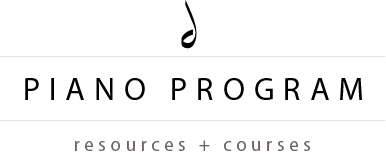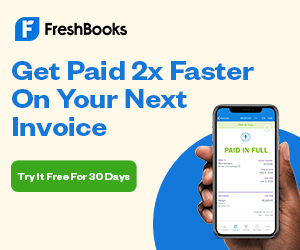Piano Program Box, February
Looking for some fun online resources to use with your teaching this month (and many months to come)?
Here we are, February 2021 – which means most of us have been teaching online for 11 months now. It can be challenging. But I’ve been focusing on the amazing progress my students have been making online, not only in their individual repertoire pieces but in all aspects of their music education. In fact, we’ve been covering more topics online than we would have during in-person lessons. The challenge of teaching online has given way to an abundance of well-rounded music education.
February’s Piano Program Box has four different resources. You can get access to all of the resources by joining the Box, or by purchasing them separately from the shop. I know you will find them useful in your online and in-person teaching!
- Music History Resource that center’s around Mozart’s variations on “Ah vous dirai-je, Maman”: I love music history – and it’s definitely an aspect of music education that needs to be integrated into all levels of music education. Too often I find that many students don’t experience music history until the university level, and even then, only as a music major. That needs to change! This powerpoint file will help you introduce your student’s to a vacation set that Mozart wrote around the tune “Ah vous dirai-je, Maman”. Use this powerpoint to present to a group of your students online, or in individual lessons. Students will learn a little about Mozart and his life, and aspects of this variation set. They’ll learn that they know the tune to the main theme! Get ready to show your students what a variation set is, and how Mozart changes each variation just a little. See this in the shop here.
- Listening Map for “Ah vous dirai-je, Maman”. Once your finished the powerpoint presentation, this listening map is an excellent resource for getting your students to come up with their own descriptive words for each variation. The PDF file is editable, so you can have students complete online, and/or print for studio lesson use. Get this for free here!
- Sight Reading Cards with a fun valentine’s theme. I LOVE giving students the chance to sight read simple concepts. This set of 30 cards will work for beginning and even intermediate students. Each sight reading card starts on the landmark notes of middle C, treble G, or bass F. There are 4 notes per card (all quarter notes) and each card has steps, skips (of a 3rd) or repeated notes. Some cards have a combo of steps and skips and/or repeated notes. For your younger students, you can have them sort by landmark note or sort by skips, steps, repeated notes before you have them play some. For the beginner/intermediate students, you can turn it into a game by seeing how many cards they can sight read in 3 minutes. Use them back to back in the next week of lessons to see if they can improve their score. See this in the shop here.
- Candy Hearts – Elementary Piano Solo. Candy Hearts is a fun, elementary piano solo. The lyrics reflect on being excited about a valentine’s party at school and all of the candy hearts and valentines ready in a box. The middle section takes on a somber mood when the student realizes that school is virtual today (after all, it is 2021)! Never fear, the ending is a happy one, when the student realizes that their teacher prepared a pack for them with fun crafts and valentines for the zoom class. “Hoorary for my zoom class for school!” This was written for all students who are adjusting to our new normal of online, or hybrid school for this year, whose parties may look just a little bit different! Pedagogically, the pieces focuses on a legato right hand, with broken chord accompaniment for the left hand. The middle section has tenet markings for heaviness to show the disappointment. The beautiful cover comes with the piece. The studio license allows you to print and/or email as many copies as you’d like to your students. Watch a video of the piece & see it in the shop here.

